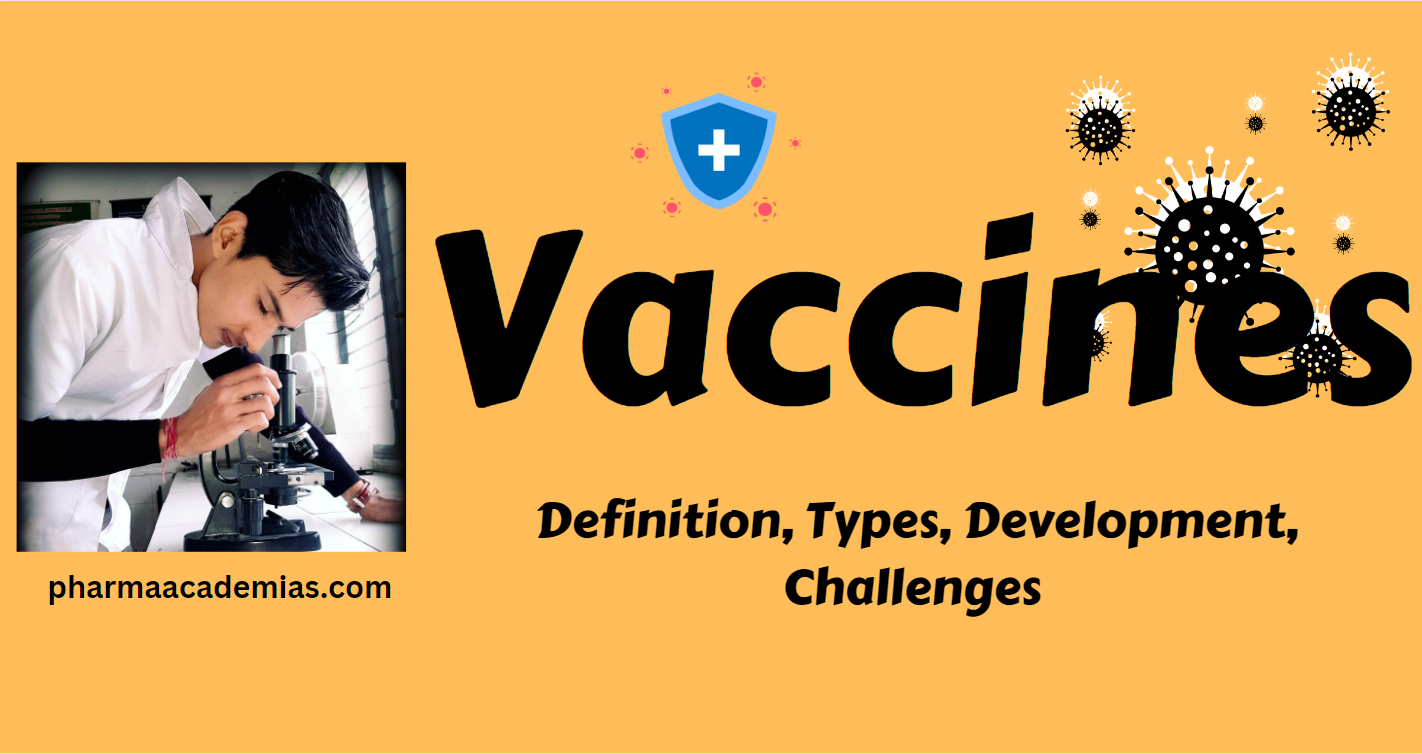Introduction:
Vaccines are critical tools in public health, protecting against various infectious diseases by stimulating the immune system to recognize and fight specific pathogens. This overview provides a comprehensive guide to vaccines, covering their definition, types, development, administration, and impact on global health.
Definition:
Vaccines are biological substances that stimulate the immune system to recognize and remember specific pathogens, such as bacteria or viruses. They mimic the infection without causing the disease, allowing the immune system to build a memory response protecting future exposures to the actual pathogen.
Types of Vaccines
1. Live Attenuated Vaccines:
Examples: Measles, Mumps, Rubella (MMR).
Contains weakened forms of the live virus, providing long-lasting immunity.
2. Inactivated or Killed Vaccines:
Examples: Polio, Hepatitis A.
Contains killed pathogens, requiring booster doses for continued protection.
3. Subunit, Recombinant, or Conjugate Vaccines:
Examples: Haemophilus influenzae type b (Hib), Human Papillomavirus (HPV).
It contains pieces of the pathogen (subunits) to stimulate an immune response.
4. Toxoid Vaccines:
Examples: Diphtheria, Tetanus.
Contains inactivated toxins produced by the pathogen.
5. mRNA Vaccines:
Examples: Pfizer-BioNTech, Moderna COVID-19 vaccines.
It contains messenger RNA to instruct cells to produce a viral protein, triggering an immune response.
Vaccine Development Process
1. Exploration and Research:
Identification of the pathogen, understanding its structure, and studying immune responses.
2. Preclinical Testing:
Testing in cells and animals to evaluate safety and immune response.
3. Clinical Trials:
Phases I, II, and III involve human volunteers to assess safety, dosage, and efficacy.
4. Regulatory Approval:
Submission of data to regulatory agencies for approval.
5. Manufacturing and Distribution:
Large-scale production and distribution of approved vaccines.
Vaccine Administration
1. Schedule:
Vaccines are administered according to a schedule recommended by health authorities, ensuring optimal protection.
2. Routes of Administration:
Intramuscular (IM), subcutaneous (SC), oral, or intranasal, depending on the vaccine.
3. Booster Doses:
Some vaccines require booster doses to maintain immunity over time.
Impact on Global Health
1. Disease Prevention:
Vaccines prevent many infectious diseases, reducing illness, complications, and deaths.
2. Eradication and Control:
Successful vaccination programs have led to the eradication of diseases such as smallpox and the control of polio.
3. Herd Immunity:
Vaccination contributes to herd immunity, protecting vulnerable populations and those who cannot be vaccinated.
4. Pandemic Response:
Vaccines play a crucial role in controlling and mitigating the impact of global pandemics, as seen in the COVID-19 response.
Challenges and Controversies
1. Vaccine Hesitancy:
Public concerns, misinformation, and mistrust can lead to vaccine hesitancy.
2. Accessibility and Equity:
Ensuring equitable access to vaccines globally remains a challenge.
3. Emerging Pathogens:
The rapid development of vaccines for newly emerging pathogens is a continuous challenge.
Future Directions
1. Advancements in Vaccine Technology:
Continued research in mRNA and other innovative vaccine technologies.
2. Global Collaboration:
Strengthening international collaboration for equitable vaccine distribution.
3. Disease Elimination Goals:
They are pursuing goals for the elimination of diseases through vaccination efforts.
Vaccines are essential in promoting public health, preventing infectious diseases, and contributing to global efforts to control and eradicate pathogens. Continuous research, innovation, and collaboration are key to addressing challenges and ensuring vaccines remain a cornerstone of disease prevention and public health strategies worldwide.

